Talk Overview
Circadian rhythms are an adaptation to the 24 hr day that we experience. Takahashi begins his talk with an historic overview of how the genes controlling circadian clocks were first identified in Drosophila and the cloning tour de force that was required to identify clock genes in mice. He also describes the experiments that resulted in the realization that all cells in the body have a circadian clock, not just cells in the brain.
In part 1B, Takahashi explains that the suprachiasmatic nucleus (SCN) in the brain generates a circadian rhythm of fluctuating body temperature that, in turn, signals to peripheral tissues. Heat shock factor 1 is one of the signaling molecules responsible for communicating the temperature information and resetting peripheral clocks.
In Part 2, Takahashi describes how crossing many mice of different genetic backgrounds allowed his lab to identify several genes that impact the output of the clock gene system through different mechanisms.
Takahashi begins the last part of his presentation with the crystal structures of BMAL1 and CLOCK, the two central activators of clock gene transcription. He goes on to describe how his lab showed that CLOCK:BMAL1 controls the DNA binding activity of transcriptional regulators of not only cycling genes, but also of basic cell functions such as RNA polymerase II occupancy and histone modifications.
Speaker Bio
Joe Takahashi
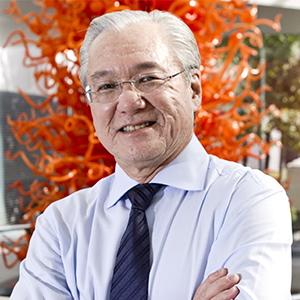
Joseph Takahashi received his BA in biology from Swarthmore College, his PhD in neuroscience from the University of Oregon, and he was a post-doctoral fellow with Martin Zatz at the National Institutes of Mental Health. He then spent 26 years at Northwestern University where he was a faculty member in the Department of Neurobiology and… Continue Reading
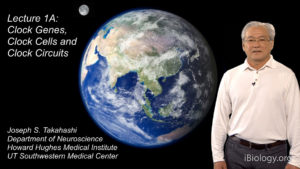
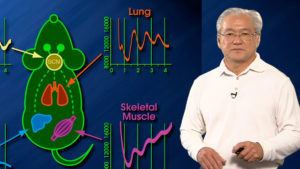
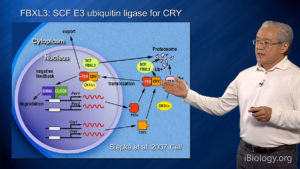
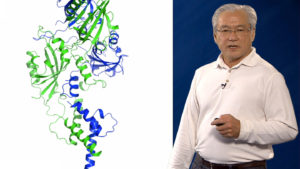

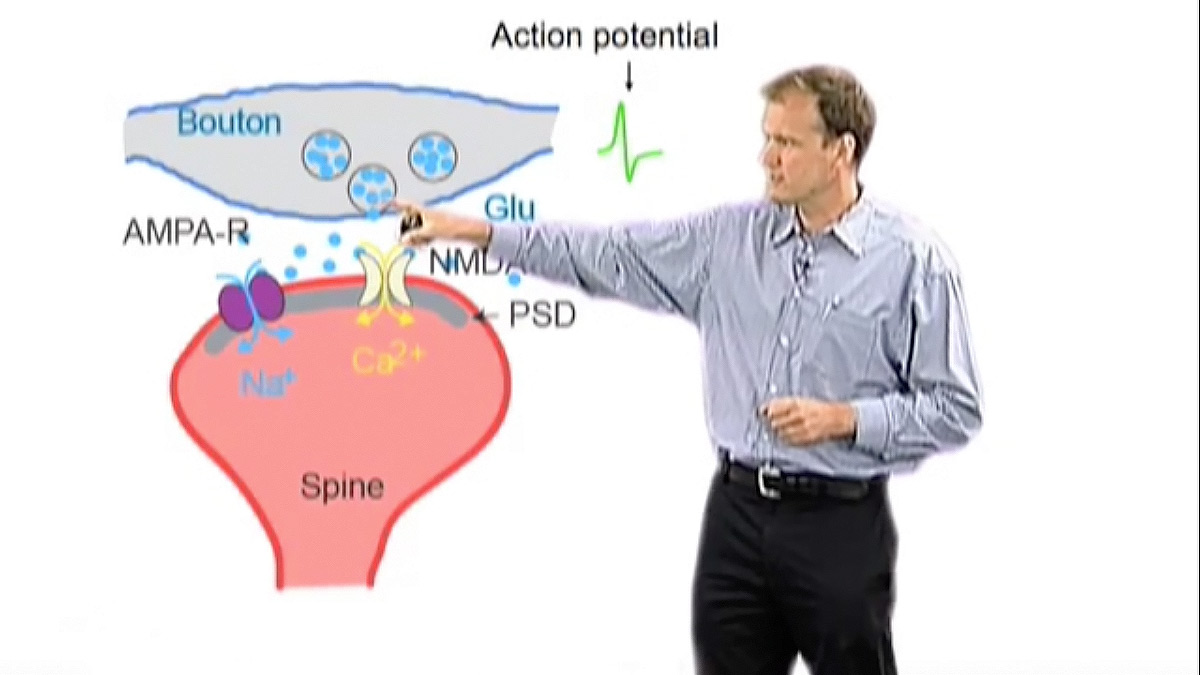
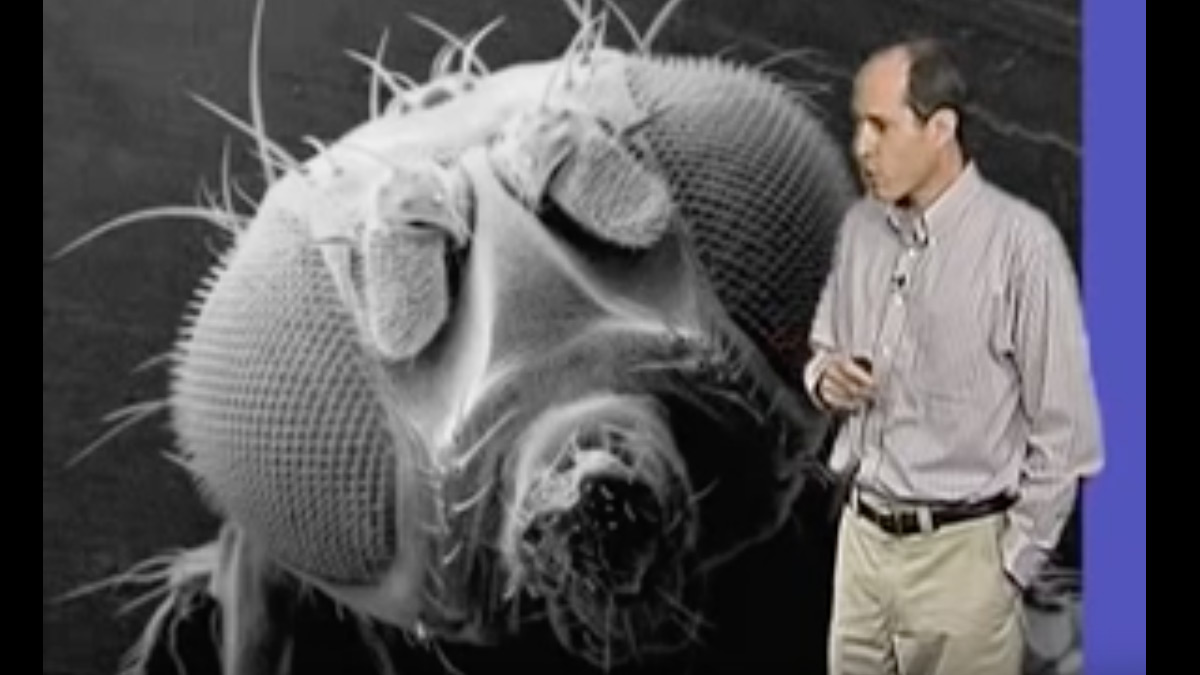
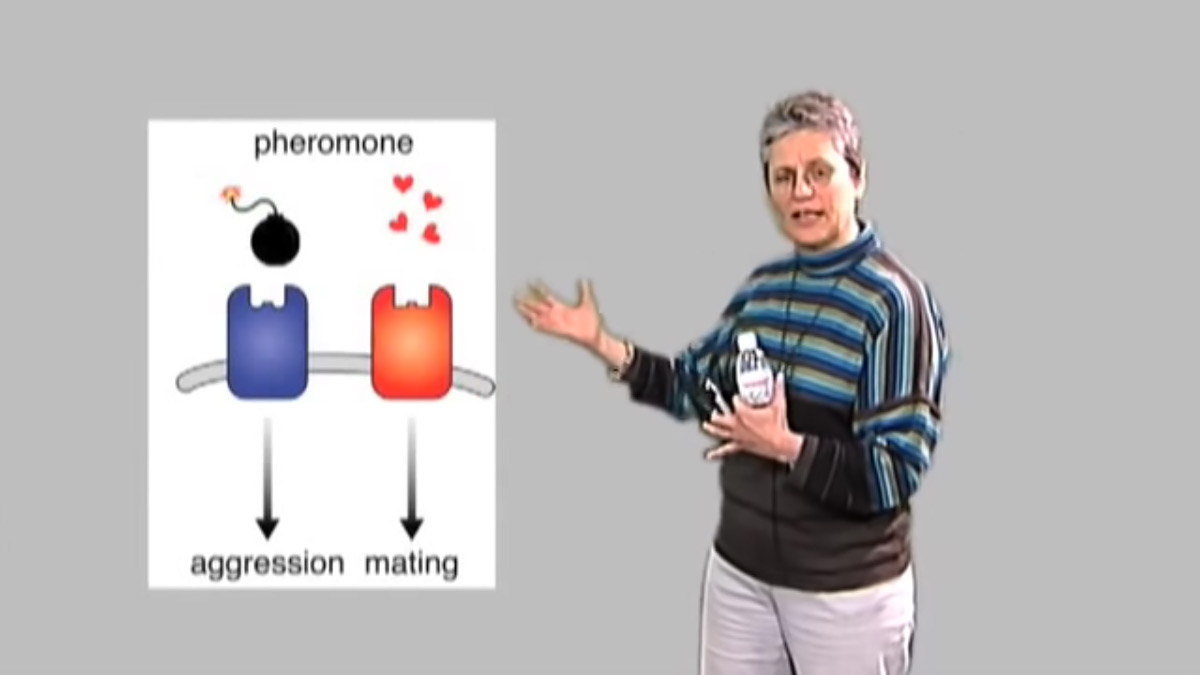





Leave a Reply